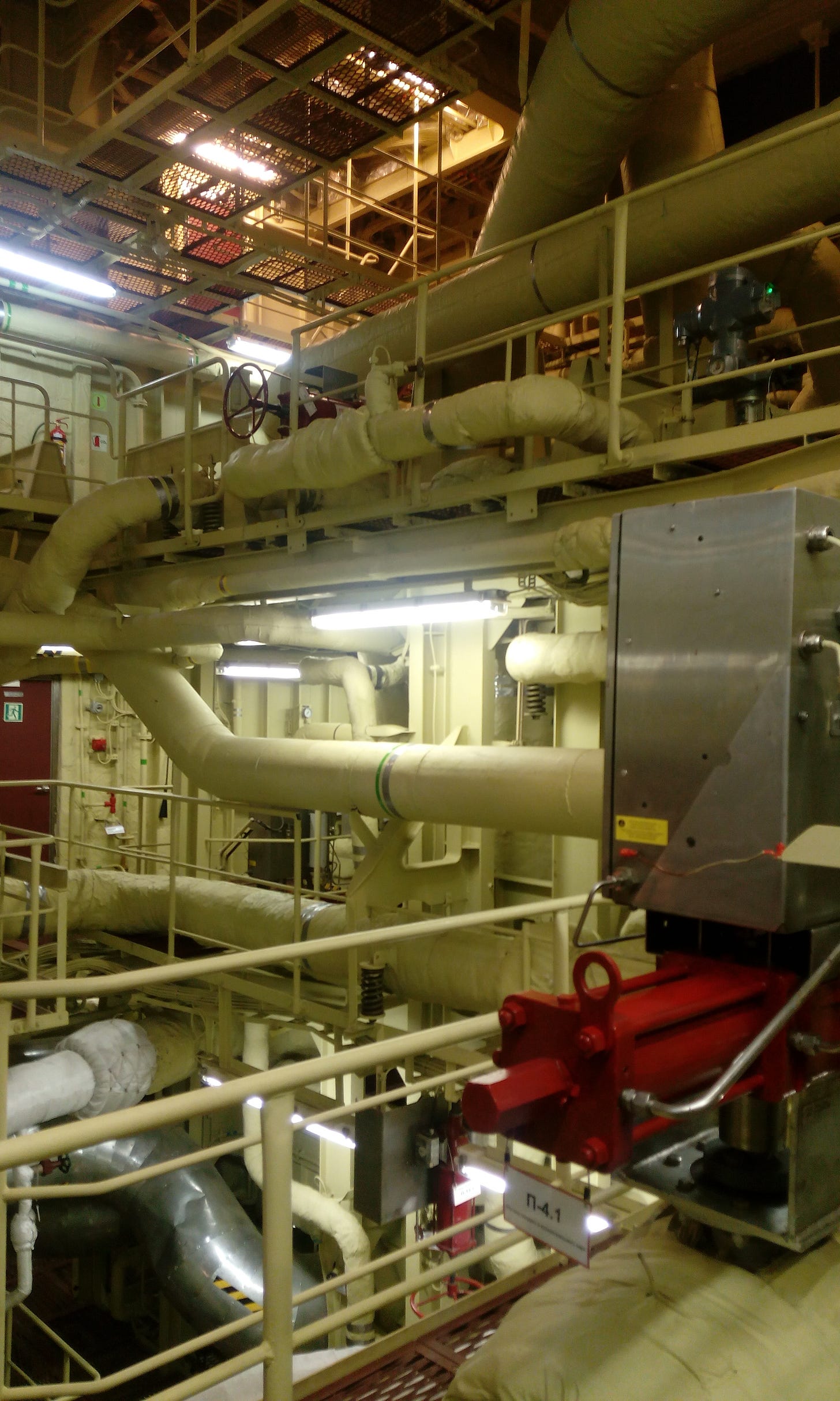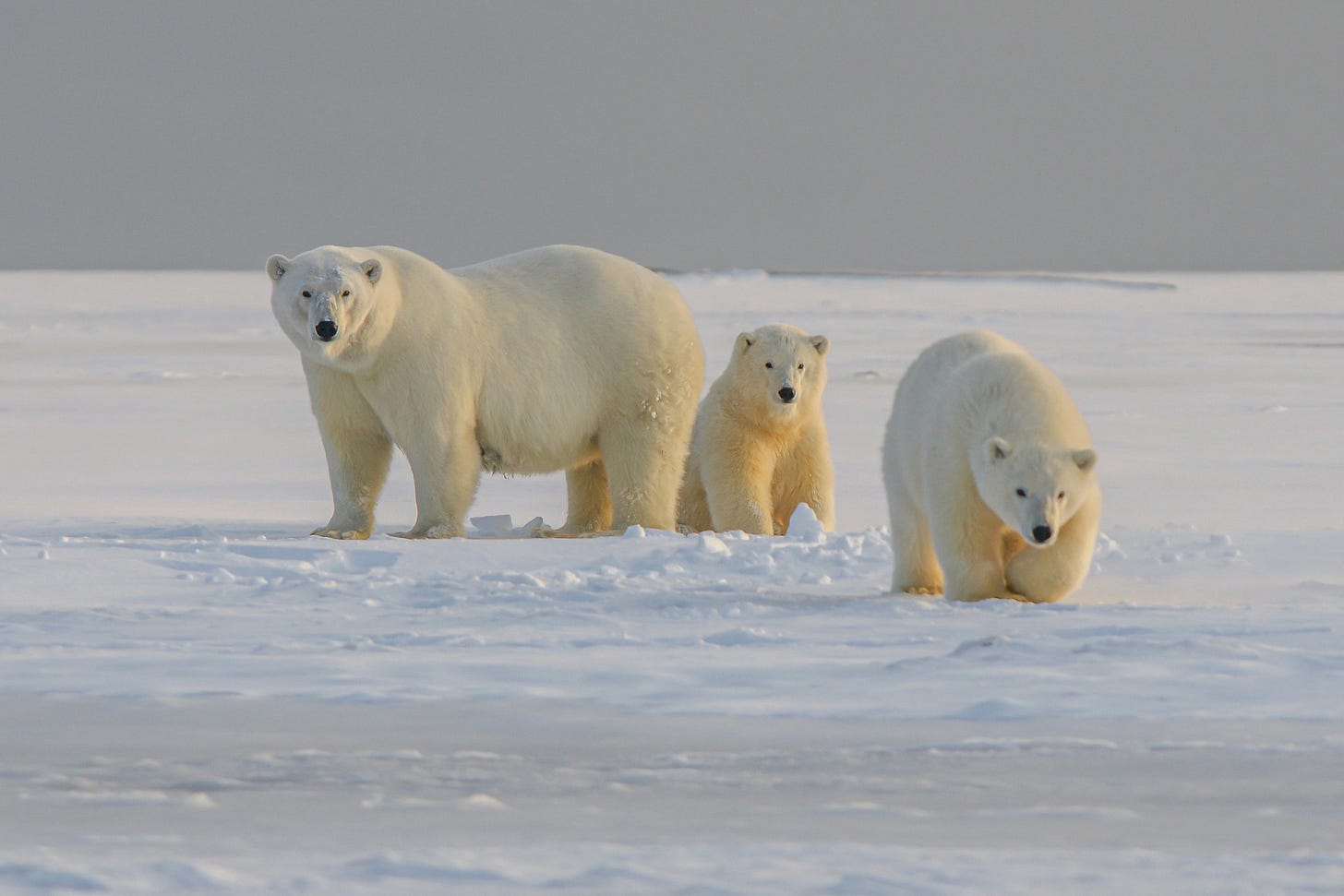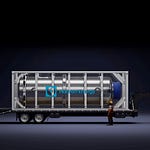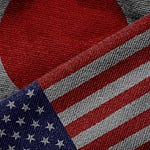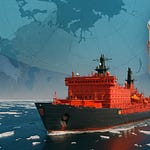This week, we travel to the edge of the map with Aleksandr Surtcev, an engineer who has crewed Russian nuclear icebreakers along the Northern Sea Route. We explore how Russia’s Arctic fleet keeps this strategic corridor open, why floating nuclear plants are powering remote communities and mines, and what life looks like in a place where polar bears trail ships for fish and resupply markets pop up on the ice. Beneath the stories lies a deeper discussion of geopolitics, engineering, and the hard logistics of operating in one of the most unforgiving regions on Earth.
Watch now on YouTube.
We talk about
Geography of the Northern Sea Route and its economic relevance
Russia’s 50+ years of nuclear icebreaker experience
Differences between summer and winter Arctic navigation
Icebreaking techniques and speed constraints in thick ice
The “Leader” class icebreaker and advances in reactor design
Floating nuclear power plants for mines and remote settlements
Logistics of refueling, maintenance, and transporting SMRs in the Arctic
Comparison between nuclear and LNG-powered solutions in the north
Unique Arctic traditions: floating markets, reindeer, and polar bear behavior
Climate change impacts and the prospect of year-round navigation
Geopolitical implications of an Arctic sea route under Russian control
Human stories from Soviet and post-Soviet Arctic naval operations
Deeper Dive
The Northern Sea Route is a line drawn across the top of the world, hugging the Russian Arctic coast. It is more than geography—it’s a strategic artery. Ships that would spend close to a month moving between Europe and Asia through the Suez can shave nearly two weeks by taking this route. But it is blocked by ice for much of the year. That is why Russia, alone among nations, built and maintained a nuclear icebreaker fleet. These ships make a hard place usable, turning the frozen into navigable.

The icebreaker program is a half-century old, with generations of vessels pushing into the Arctic ice pack. Aleksandr described how speed and tactics change with the thickness of ice: thin ice can be crossed at ten knots; thick slabs require climbing onto the ice to break it with weight, slowing to three. In some cases, tankers are lashed directly to the stern of an icebreaker, dragged through the pack like a disabled car to a tow truck. The work is slow, physical, and precise—sometimes taking twenty days for what can be twelve in good conditions.
This video from Timelab Pro shows the Russian nuclear icebreaker “Yamal” in action:
Powering industry in the Arctic poses a different kind of challenge. The Soviet-era solution at Bilibino was a cluster of mini-RBMK reactors built on permafrost, cooled by air. Now, Russia is deploying floating SMRs like the Akademik Lomonosov to send heat and electricity to settlements and new resource projects. The proposed Baimskaya copper and gold mine will draw 300 megawatts, supplied by four nuclear barges, each built around RITM reactors originally designed for icebreakers. With ten-year refueling cycles, these plants sidestep the logistical headaches of moving coal or LNG across a frozen sea.
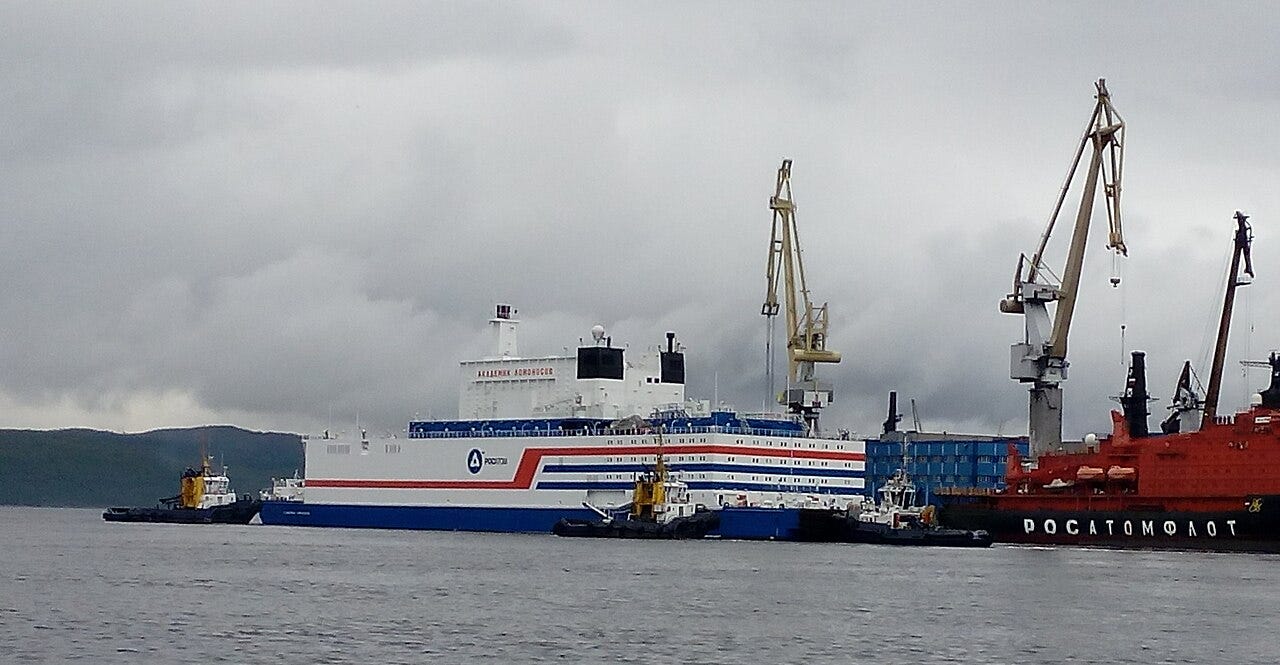
The decision to use nuclear over LNG in such places is not just about energy density or fuel security. Sanctions, the need for self-reliance, and the ability to leverage decades of nuclear expertise all factor in. Rosatom’s program is vertically integrated—mining, enrichment, vessel construction, operation, and waste handling—which makes scaling cheaper. Aleksandr pointed out that the kilowatt-hour price from nuclear in these conditions undercuts LNG in the long term, even if the upfront cost is higher.
Lastly, these icebreakers leave their mark on the Arctic ecosystem and society: impromptu ice markets pop up, where snowmobiles converge on icebreakers to trade fish for lumber; polar bears follow in the ship’s wake, feeding on fish exposed by the broken ice and chewing open cans of condensed milk tossed overboard. In this sense, they can also be lifelines for isolated people and animals in a region where “nothing” stretches for 5,000 kilometers.
“Icebreakers are not just supporting ports and mines; they are supporting the normal people who still live there and don’t want to leave.”
Support Decouple
If you enjoy our work, consider making a pledge on Substack or a tax-deductible donation through our fiscal sponsor.
Keywords
Northern Sea Route, nuclear icebreaker, SMR, Arctic shipping, Rosatom, RITM reactor, floating nuclear power plant, Arctic geopolitics, Baimskaya mine, Leader icebreaker



